May 8, 2024 | 13:54 GMT +7
May 8, 2024 | 13:54 GMT +7
Hotline: 0913.378.918
May 8, 2024 | 13:54 GMT +7
Hotline: 0913.378.918

Minister Le Minh Hoan emphasized taking care of and nurturing forests to promote the multi-use value of forests. Photo: Tung Dinh.
Recently, the Ministry of Agriculture and Rural Development organized a seminar "Developing the multi-use value of Vietnam's forest ecosystem" with the participation of speakers who are management agencies, forest owners, as well as businesses and organizations with activities to exploit the value of forests.
The seminar took place after the Prime Minister approved the project "Developing the multi-use value of Vietnam's forest ecosystem" on February 29. In general, the head of the agriculture sector said that nature exists, but humans need nature to survive. Therefore, it is mandatory to nurture and take care of forests because if forests are healthy, then people will be healthy.
Taking the story of the Finns selling salt in the forest and increasing the value by adding herbs to the salt, Minister Le Minh Hoan emphasized a multi-dimensional approach to exploiting the value of forests, which is "Connecting the forest to the sea."
Meanwhile, when visiting Cat Ba Island (Hai Phong), the Minister said he thought a lot when foreign tourists, after visiting the forest on the island, did not have any souvenir products to buy as gifts. From there, he believes that more ingenuity and new thinking are needed to have products that exploit the value of forests beyond forest products.
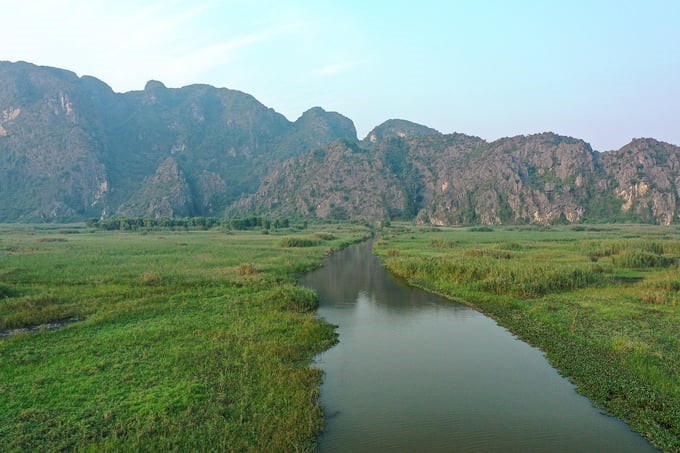
Every forest has potential; the important thing is to think about how to exploit it effectively and sustainably. Photo: Tung Dinh.
Sharing about the multi-use perspective on the value of the forest ecosystem, the leader of the Ministry of Agriculture and Rural Development said that if we continue to distinguish the value of forests by forest products, they will soon be exhausted, and the story will be similar to seafood under the sea.
“We have to look at the forest and attach the value structure from many perspectives. When the value space is expanded, everyone will benefit with no more conflicts and will find ways to protect and develop forests," Minister Le Minh Hoan emphasized.
According to the Minister, with current potential, the value of forests must be 10 or 100 times higher to be worthy of the word "golden forest," and the soul of forests has much higher value than the essence of forests. To do that, it is necessary to bring soul and stories into forest products to increase value.
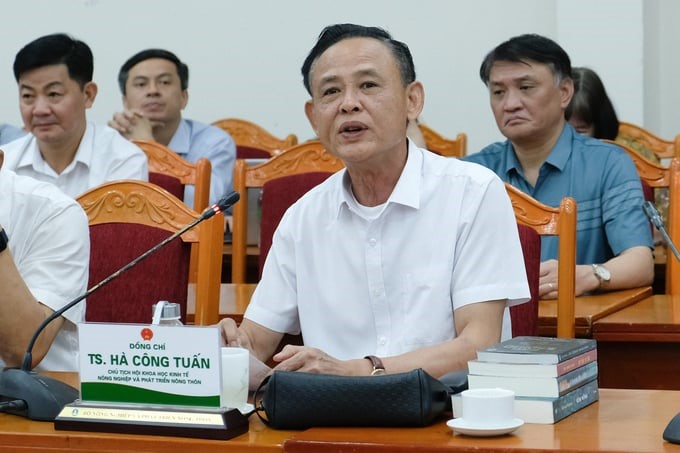
Former Standing Deputy Minister of Agriculture and Natural Development Ha Cong Tuan shared at the event. Photo: Tung Dinh.
Attending the program, former Standing Deputy Minister of Agriculture and Rural Development Ha Cong Tuan commented that the newly approved project has very complete content. If implemented well, it will not only enhance the value of forests but also help the forestry industry develop rapidly and sustainably.
"The project has addressed the issue of forestry economics from a new perspective, including services from forests," he said. More specifically, former Deputy Minister Ha Cong Tuan said that it is necessary to focus on developing large timber forests, traceability, and certification of forests.
Before starting the seminar, Director of the Department of Forestry Tran Quang Bao said that promoting the value of forests has been done for a long time, but individually, and the project will help this process be implemented more generally.
Agreeing with the Director, Deputy Director Pham Hong Luong said that the project’s new point is the integration of multiple values in developing forest economics. "When forests are developed sustainably with many values, there will be resources to reinvest in conservation and livelihood development for people," Mr. Luong shared.
Meanwhile, as a scientist, Deputy Director of the Vietnamese Academy of Forest Sciences, Dr. Tran Lam Dong, said that planting large timber forests in Vietnam requires solutions on techniques, policy, and credit. Vietnam is a country with many wood varieties suitable for afforestation, such as acacia, which can be guaranteed for many localities with different weather and geological characteristics. To help people feel secure in planting large timber forests, an effective solution is to develop economics under the forest canopy by planting short-term medicinal plants to ensure income.

Ecotourism in the forest is a potential value. Photo: Tung Dinh.
Mr. Le Hoang The, founder of The Vos Ecosystem, shared his experience growing lingzhi mushrooms in acacia forests. Accordingly, from the fourth year onwards, lingzhi mushrooms can bring high income to acacia growers while still feeling secure in raising acacia plants until they reach a large size at the age of about 7-8 years old.
“Lingzhi mushrooms can be harvested 3 times/year with a current selling price of about VND 1 million/kg. If calculated in terms of economic efficiency, each square meter of growing lingzhi mushrooms can bring in an income of VND 10 million/year," said a representative of The Vos.
In addition to forest products, promoting intangible values such as culture and indigenous knowledge in tourism also has great potential in the forest ecosystem.
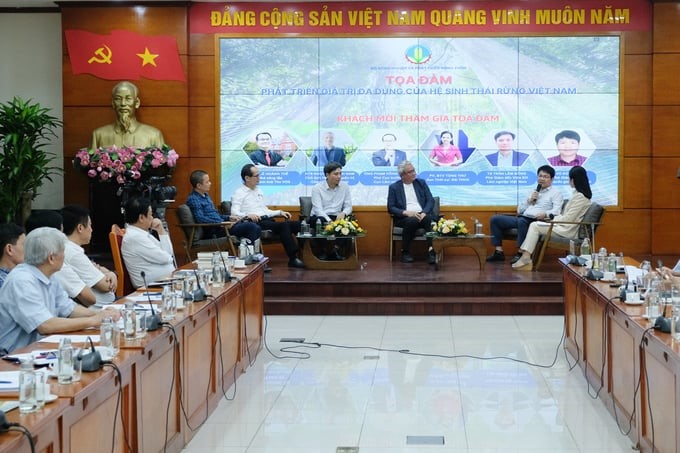
Speakers shared perspectives on exploiting the multi-use value of the forest ecosystem. Photo: Tung Dinh.
Mr. Nguyen Thanh Nam, Chairman of the Board of Directors of Greenforest Company, said that the company is organizing experience routes to enjoy the space of the forest. However, to avoid boredom on the journey of dozens of kilometers, tourists will learn about plants and herbs along the way.
Similarly, Deputy Director of Hoang Lien National Park Vu Duc Quyen shared that the park is organizing many tourism activities to promote cultural values and indigenous knowledge beyond the available values from the forest.
“Forest protection must rely on the community, so developing community-based tourism based on people is inevitable. When people have a stable income, forests are better protected," Mr. Quyen analyzed.
However, he also pointed out a number of problems that need to be resolved in the development of community-based tourism, which are to avoid spontaneity and fragmentation and especially to invest in equipping local people with more skills and knowledge in serving tourists.
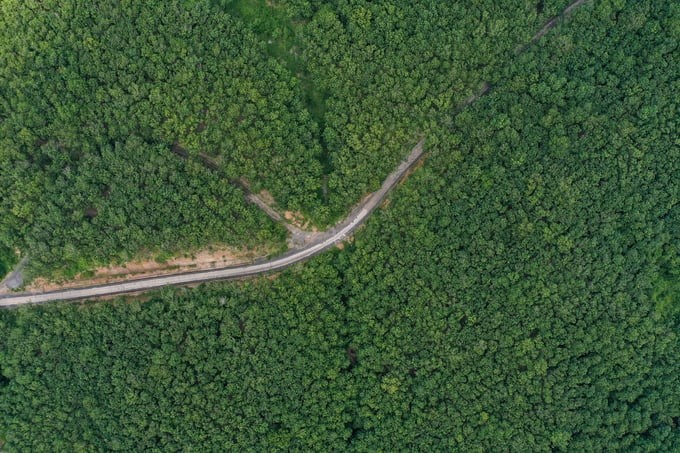
The forest ecosystem has many potential values that need to be exploited effectively. Photo: Tung Dinh.
Developing the multi-use value of forests
On February 29, the Prime Minister approved the project "Developing the multi-use value of Vietnam's forest ecosystem." In particular, emphasizing the goal of developing the multi-use value of the forest ecosystem to create jobs, preserve natural resources and biodiversity, and preserve and promote cultural values, traditional history, and indigenous knowledge of local communities.
Regarding specific goals, the first is to sustainably develop the supply of wood materials, meeting at least 80% by 2030 and 100% by 2050 of raw material needs for the wood processing industry.
The project also targets the value of non-timber forest products and medicinal herbs to increase 1.5 times compared to 2020 by 2030 and double by 2050; the export proportion will increase by 10-15% by 2030 and 25% by 2050.
By 2030, the economic value per unit of cultivated area will increase by 20% or more, in addition to the value of planted forest wood. Revenue from forest environmental services grows steadily at an average of 5%/year.
Another goal is that revenue from community-based tourism, ecotourism, resorts, and entertainment increases by 50% compared to 2020 by 2030 and 100% by 2050.
In addition, maintain stability and develop the area of special-use forests by 2030, increasing by 10–15% compared to 2020; develop an action plan to conserve endangered and rare forest animals in Vietnam.
Another goal of the project is that by 2030, more than 50% of ethnic minorities will be employed in the forestry sector. The rate of training, coaching, and technical guidance will reach 40% or more by 2030 and 70% by 2050. It will increase 1.5 times by 2030 and double compared to 2025 by 2050.
Translated by Huyen Vu Thu
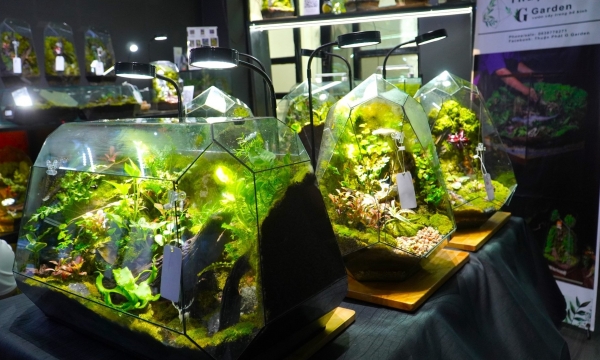
(VAN) Terrarium art has been more popularity in Vietnam, with meticulousness and delicacy, artisans create a minimal ecology to the living space of human.
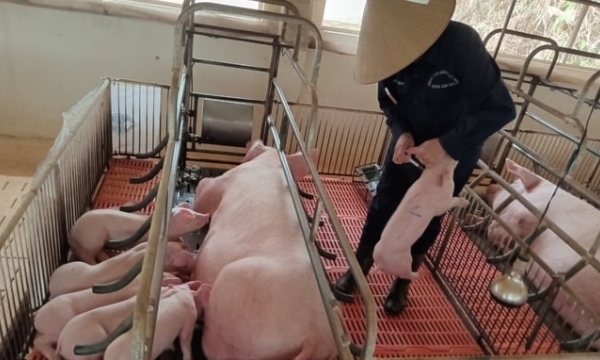
(VAN) Many barriers in legal procedures, as well as difficulties in land funds, discourage many large-scale pig farming investors in the Central Highlands.
/2024/05/06/2512-1-102207_688.jpg)
(VAN) Chairman of Hung Nhon Group Vu Manh Hung shared the investment orientation in high-tech agriculture at the announcement ceremony of the Decision approving the planning of Tay Ninh province on May 5.
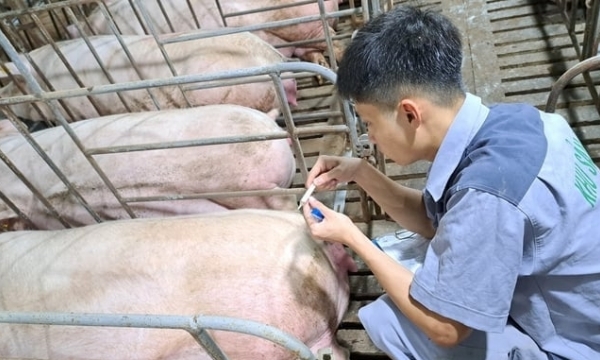
(VAN) Kon Tum province focuses on attracting high-tech livestock projects with closed-loop processes from production, breeding, to processing, and distributing.
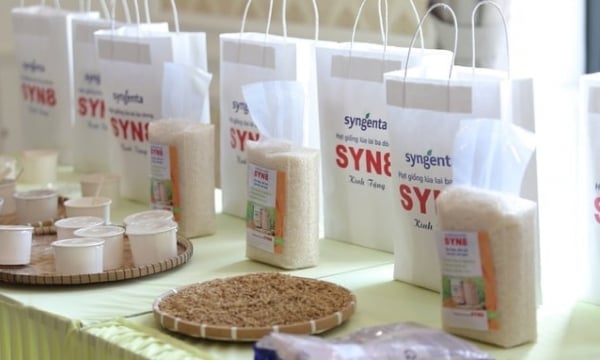
(VAN) The new Syn8 three-line hybrid rice variety, first introduced to Vietnam by Syngenta in 2020, has exhibited significant advantages after extensive testing and evaluation.
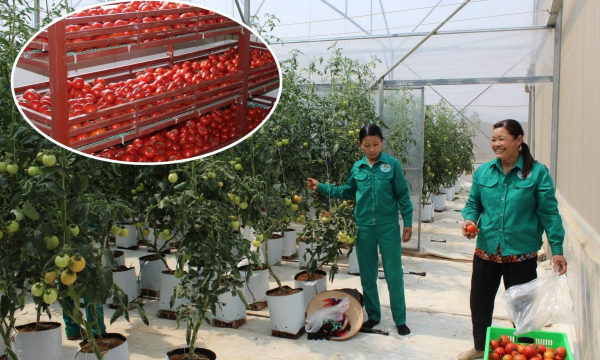
(VAN) The greenhouse complex stretches along the undulating hills, once abandoned, now serving as a source of fresh vegetables for over 16,000 students in the district.
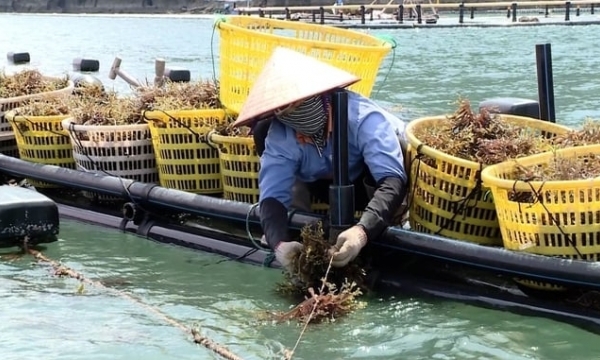
(VAN) Seaweed and marine algae have advantages in environmental protection and sustainable economic development, meeting food needs with uses in other fields